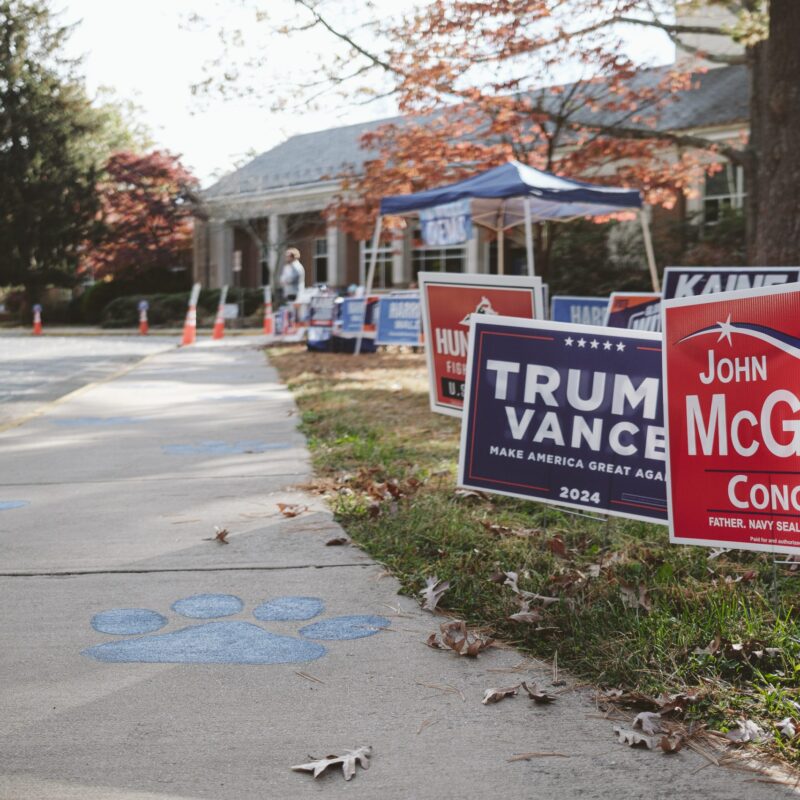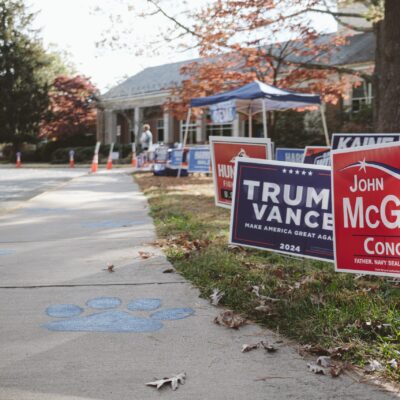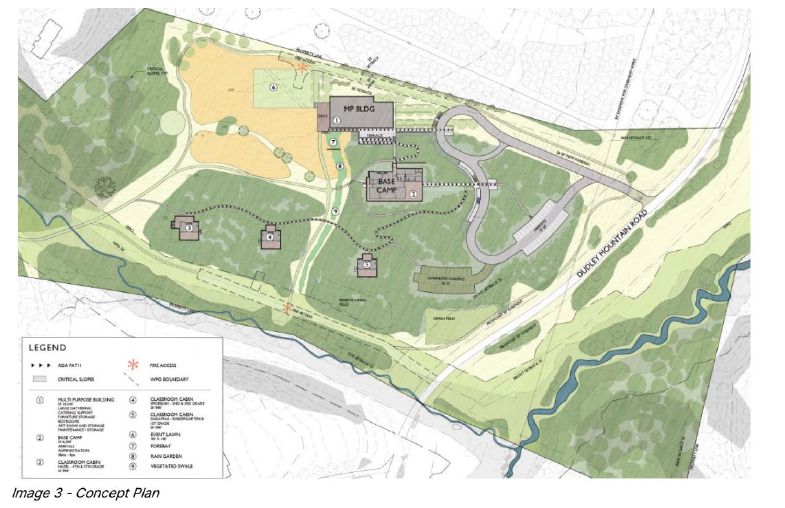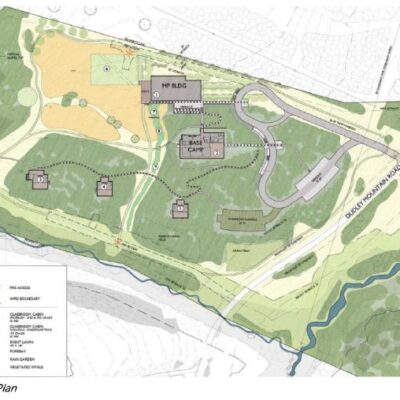“This process is about change,” said Alyn Pruett, Wallace Roberts & Todd’s (WRT) principal for Urban Planning at a meeting with the Charlottesville Redevelopment and Housing Authority (CRHA) Board.
After years of rumors about an imminent redevelopment of the city’s public housing sites, the CRHA has contracted a consulting firm—WRT of Philadelphia—and is plowing ahead with big ideas for the future.
On May 13, the master planning process for redevelopment—mixed-use and mixed-income neighborhoods—of potentially all 45 acres of public housing began with a series of meetings between WRT, city staff, the CRHA staff, and public housing residents. The city’s public housing projects include Westhaven on Hardy Drive, Crescent Hall on First Street, Riverside on Riverside Avenue, South First Street, Michie Drive, Madison Avenue and Sixth Street.
One of the Board’s greatest concerns is that the planning process be inclusive. “One thing that has been really front and center for this committee and for the board is resident participation,” said Jason Halbert, chair of the CRHA board.
Judging by the size of the crowd the next day at the presentation of the firm’s ideas to public housing residents, that goal has been met. The conference room at Mt. Zion First African Baptist Church was bustling.
Back at the board meeting, WRT Architect Gil Rosenthal told commissioners that while resident involvement is essential, “I don’t think you’ll ever receive consensus,” he said. “There is also an issue of managing dissent, welcoming dissent and listening to dissent.”
Still, “you and the residents are heading in the same direction,” said Rosenthal. “[The residents] want to be living in better sites; they want safer environments; they want better managed neighborhoods really. You want sustainable sites, sustainable developments and you want to manage as well as you can so that you can attract financing.”
Although better sites and more livable neighborhoods are the desired outcome for both residents and commissioners, there is a lingering worry about “ulterior motives.” It was almost 50 years ago that Vinegar Hill, a 20-acre black neighborhood, was demolished and residents were displaced. Yet, the recently adopted Residents’ Bill of Rights for Redevelopment is a vital component “in creating a trusting relationship with the city,” said Pruett.
The biggest fear among residents, however, remains relocation. “It’s not just up to the residents to go and find a place” while their sites are rehabilitated or redeveloped, Halbert told C-VILLE. “We are going to assist the residents.” There are many scenarios of how relocation could work, he says. “One scenario is that we would take a vacant land that we own already and start building there and build enough units to move families into those units temporarily or permanently,” says Halbert. Another example involves the handing out of Section 8 vouchers—rental subsidies.
The relocation of residents will depend on how extensive the redevelopment work will be. “It’s definitely going to be a change as we discussed,” says Halbert. “But whatever temporary negatives are involved in the change, I think they will be far outweighed by the positives in the end.”
For now, because concrete plans won’t be sketched out until the fall, residents took pleasure in telling the consultants what they would like to see changed. “We want windows in the bathrooms,” said one woman in the back of the room. Other requests included bigger bedrooms for the children, better-equipped handicapped units, a lockable storage shed in the backyard, and better designed kitchens with newer cabinets.
The timeline for the project will depend on the availability of public and private funding and the completion of the planning process. But in order to have access to public money, the Housing Authority needs to be fully functional and off the federal government’s “troubled status” list. On this end, however, there is some good news. According to the last Department of Housing and Urban Development’s (HUD) inspection, the CRHA has been taken off the troubled status list pending one last property survey.
“If all the stars line up,” says Halbert. “Then by the end of 2010 and the beginning of 2011, I am hopeful that we may see some project begin.”
C-VILLE welcomes news tips from readers. Send them to news@c-ville.com.





